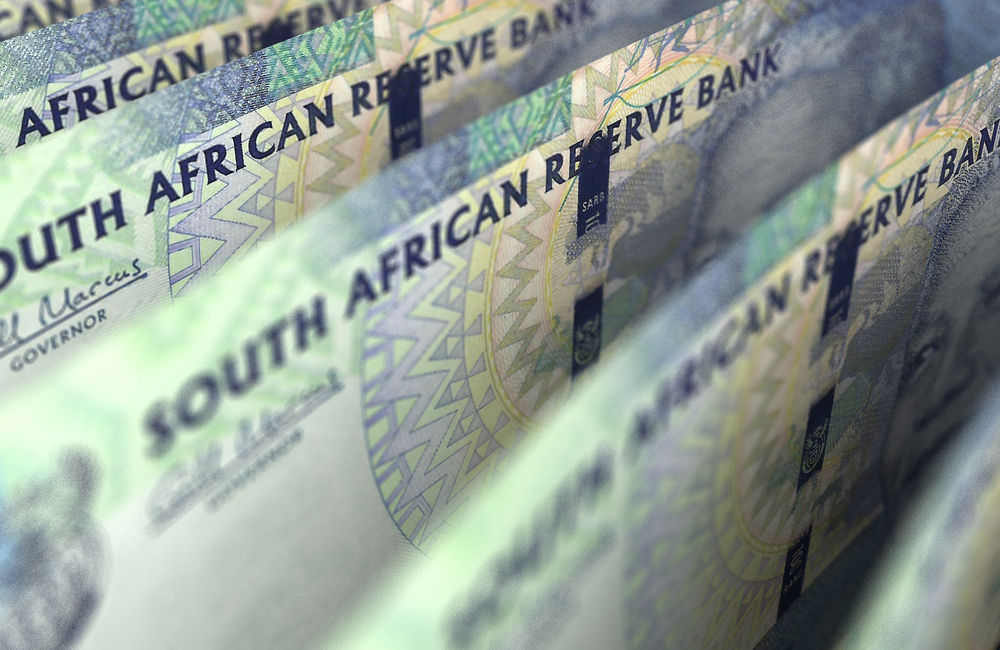The South African rand surged to its highest point since July after the Federal Reserve started cutting interest rates and as the country’s central bank prepares for its cut. The USD/ZAR exchange rate dropped to a low of 17.50, much lower than the year-to-date high of 19.91.
Federal Reserve cut
The South African rand and other emerging market currencies like the Singapore dollar, Chinese yuan, and Indonesian rupiah jumped after the Federal Reserve slashed interest rates.
In its meeting on Wednesday, the bank decided to slash interest rates by 0.50% to engineer a soft landing of the economy.
The rate cut happened as the recent economic numbers showed that the economy was slowing. The manufacturing PMI has remained below the expansion zone of 50 while the services figure is not growing.
Most importantly, the Fed slashed rates because of the deteriorating labor market. Recent data showed that the unemployment rate remained above 4% in August while the economy added just 112k jobs in August.
The US inflation has continued falling in the past few months. The headline Consumer Price Index (CPI) dropped to 2.5% in August. Core inflation has moved from almost 5% in January to 3.2% and the figure will likely continue moving downwards in the coming months.
Analysts now believe that the Fed will cut interest rates by 0.50% in the next meeting and by 0.25% in the last one of the year. In his statement, Powell noted that the committee will maintain its data dependence in the coming months.
The next data to watch will be the upcoming US nonfarm payroll (NFP) data scheduled on October 4th and the CPI numbers that will come out on October 15. A weaker-than-expected jobs report will likely raise the possibility of more cuts later this year.
In most cases, emerging market currencies do well when the Federal Reserve turns dovish because their higher yields become more attractive to investors. When the Fed interest rates were high, short-term government bonds were yielding over 5% while most EM currencies were retreating.
SARB interest rate cut
The USD/ZAR exchange rate also retreated after Wednesday’s inflation report. According to the statistics agency, the headline Consumer Price Index (CPI) retreated from 4.6% in July to 4.4% in August. On a MoM basis, it dropped from 0.3% to 0.0%.
The core CPI, which excludes the volatile food and energy prices, dropped from 4.3% to 4.1% while the month-on-month figure fell from 0.4% to 0.1%.
South Africa’s inflation has dropped because of the falling global oil prices and the strong rand since the country imports key items like machinery, mineral fuels, vehicles, and plastics. As such, a stronger rand makes these items a bit cheaper.
Additionally, the currency has done well because of the higher interest rates that have been higher than inflation for a while. With rates at 11.75% and inflation below 5%, means that money market fund investors have been generating positive returns of over 6%.
Notably, the country’s inflation has dropped to the SARB’s target range. As a result, analysts expect the bank to start cutting interest rates for the first time in over four years. In this, it will slash rates from 11.75% to 11.50%. Some analysts see the bank cutting by 50 basis points. In a note, Brendan McKenna of Wells Fargo said:
“I think on the margin there is a bit of a higher probability that SARB goes 50 bps now. If the rand continues to perform well, maybe SARB can pick up the pace of easing later this year after a gradual start.”
USD/ZAR technical analysis
USD/ZAR chart by TradingView
The USD/ZAR exchange rate peaked at 19.91 in May last year. Since then, it has dropped by more than 12%, meaning that it is in a correction. The drop also makes the South African rand the best-performing currency in the emerging market.
This decline is also because of the political settlement between the African National Congress (ANC) and the Democratic Alliance (DA). As a result, business and consumer confidence have continued falling.
The pair formed a death cross in May as the 50-day and 200-day moving averages crossed each other. In most periods, this crossover leads to more downside.
The pair has also dropped below the key support level at 18.10, its lowest swing in November and December last year. Also, the MACD indicator has moved below the neutral point while the Average Directional Index (ADX) has risen to 23, meaning that the trend is strong.
Therefore, the path of the least resistance for the USD to ZAR pair is bearish, with the next point to watch being the psychological point at 17, its lowest point in February 2023.
The post USD/ZAR: Rand levels to watch as SARB starts rate cuts appeared first on Invezz

